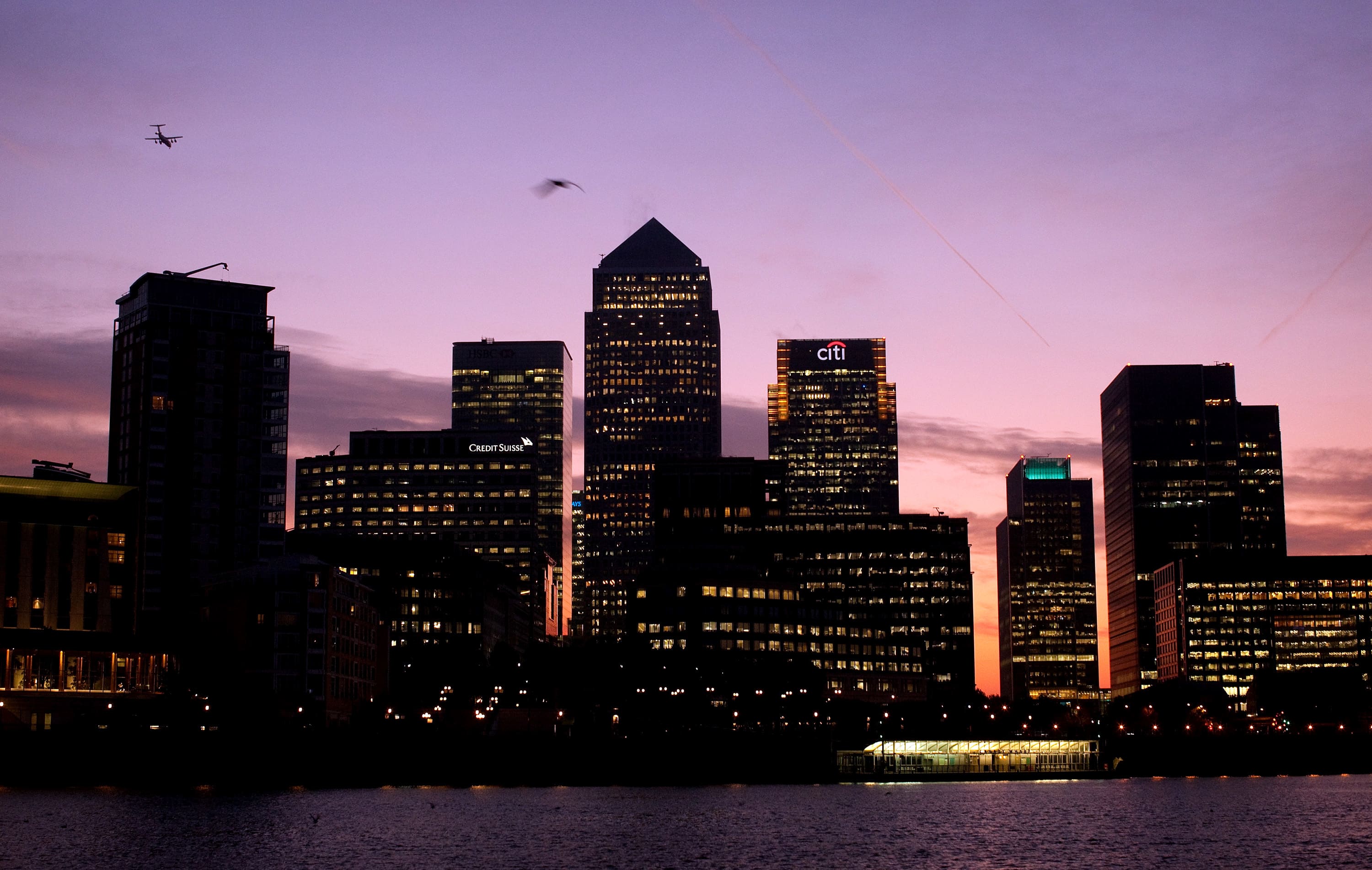Four risks could make 2021 the toughest year for banks since 2009, says S&P

Simon Dawson | Bloomberg | Getty Images
S&P Global Ratings warned that banks could face their toughest year since the aftermath of the global financial crisis, with four key risks hanging over the sector.
The ratings agency currently has a “negative” outlook for about one third of global banks, with many downward revisions taken in light of the Covid-19 crisis and the oil price shock experienced earlier in the year.
“Twelve months ago, before Covid-19 struck, banks faced the new year with relative calm. The scenario for banks heading toward 2021 is a sharp contrast,” said S&P Global Ratings Credit Analyst Emmanuel Volland.
“For many banking systems, we do not envisage recovery to pre-Covid-19 levels until 2023 or beyond.”
Although S&P analysts expect banks’ profitability to remain depressed in 2021 and the recovery to be slow, uncertain and geographically varied, they suggested that banks are overall in more robust shape to weather the storm than they were in 2009.
The agency highlighted that strong fiscal support from governments is benefiting lenders, funding markets remain accommodative, and banks have been extensively provisioning to deal with weakening asset quality.
“Support measures that have steadied banks and helped borrowers survive cannot last forever,” said S&P Global Ratings Credit Analyst Gavin Gunning.
“The expected progressive withdrawal of such support in 2021 will reveal a truer picture of underlying bank asset quality, even as economies start to recover.”
Four key risks
S&P’s base case is for a sharp rebound in global growth in 2021, and in a series of reports published Tuesday, the agency suggested that this in combination with “strong bank balance sheets, support from authorities to retail and corporate markets, and regulators’ flexibility,” should limit further downgrades next year.
This base case is further supported by positive news from coronavirus vaccine trials over the past week, with both Pfizer and Moderna reporting more than 90% efficiency ratings for their respective vaccines. The S&P report emphasized the importance for the credit outlook of widespread immunizations being available by the middle of 2021.
However, S&P cautioned that any deviation from this assumption, such as a weaker or delayed rebound and further economic disruption, could lead to further negative credit rating actions, especially in those areas currently enduring second waves of Covid-19 infections and implementing fresh lockdown measures.
A further concern analysts highlighted was the potential for short-term support to banks and borrowers to leave “longer-term overhangs” if policymakers withdraw fiscal measures too soon.
“Support measures have largely counterbalanced the effect on bank credit as significant economic volatility flowed through to bank borrowers,” S&P’s Gunning and Volland said in the report, adding that “well-conceptualized and well-timed actions by authorities” will be critical in 2021.
“Should monetary and fiscal stimulus diminish too early then a drawn-out recovery is likely. This could result in more damage to households and corporate balance sheets — and consequently to banks,” they said.
Meanwhile an anticipated rise in leverage may give way to a spike in corporate insolvencies, in turn weighing on lenders’ loan loss provisions, the report cautioned.
The final risk S&P raised in the report was the potential for a weakening of the property market, should the sector suffer greater harm than expected in the aftermath of the Covid-19 crisis, further heightening the risk of defaults and weakening bank credit quality.




